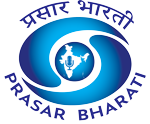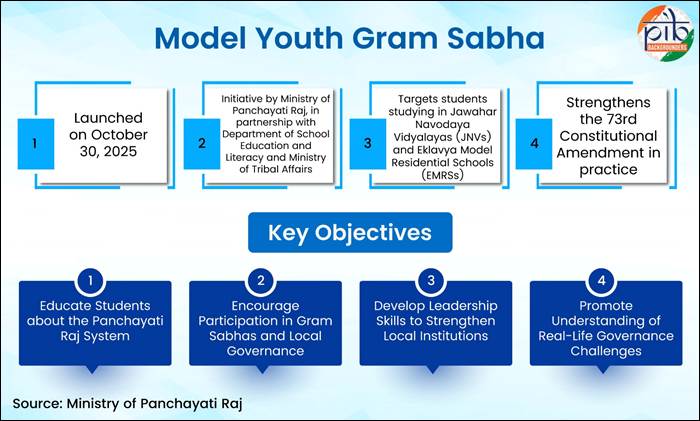In India’s villages, where democracy truly takes root, a new learning tradition is taking shape. The Model Youth Gram Sabha (MYGS) gives students a real chance to experience how villages make big group decisions for everyone’s good. At a recent event, Prime Minister Narendra Modi said, “Our youth are the backbone of village democracy. With hands-on experience from the start, they will take Bharat forward as leaders who care and act.” This idea powers the new campaign, teaching young people to understand, value, and lead in gram sabhas.
A few years ago, the Gram Sabha, a meeting where every adult could help plan the village’s future, rarely saw much youth involvement. Many young people didn’t know how these meetings worked or why their voice mattered. The MYGS changes this by giving students from Jawahar Navodaya Vidyalayas (JNV) and Eklavya Model Residential Schools (EMRS) a role in mock Gram Sabhas. Students act as Sarpanch, committee members, or villagers; debate real issues; set priorities; and learn decision-making, all in a classroom that feels like a real village hall.
This is about much more than pretend play. The MYGS is designed to develop life skills such as public speaking, teamwork, problem-solving, and consensus-building. Students are trained to look at real community problems, like water supply, school facilities, or cleanliness drives, and come up with collective solutions, just as real Gram Sabhas do. They also learn to respect the value of transparency and accountability while understanding constitutional rights and responsibilities. The goal is simple: turn today’s students into tomorrow’s responsible, active citizens.
The program closely follows the National Education Policy 2020, which asks schools to do more than teach facts. It wants classroom lessons to be about civic responsibility, pride in the nation, and empathy for others. By linking the classroom directly to real-life governance, the Model Youth Gram Sabha lets children see why their participation as citizens matters. It opens up the Panchayati Raj system, a system built by the 73rd Constitutional Amendment, so students experience how villages are run and why their voices matter at every level.
The process is well structured. First, schools select and train master trainers and teachers. Mock Gram Sabhas are then held, with everything prepared just as in a real meeting: agendas are set, roles assigned, plans made for next steps, and even finances reviewed. Afterwards, students get certificates, and schools receive funds to run the event. There are also prizes and recognition for top teams at local, regional, and national levels, with the best performers celebrated at a national competition in December 2025.
The true strength of this initiative lies in the outcomes. The MYGS encourages students to speak out and engage with real issues. It makes them want to join real Gram Sabhas and, in time, help run their panchayats and communities. It inspires pride and confidence, especially among rural and tribal students, while also sparking their curiosity about local challenges. Through practice, listening, and teamwork, these youth form early habits of leadership that rural India, and India as a whole, desperately need.
As more villages and schools adopt this model, the hope is that the next generation will grow up not just educated, but empowered. They will understand the power of their own voices and the meaning of true democracy of, by, and for the people. With every mock Gram Sabha, classrooms become true “pathshalas” of democracy, shaping a future where India’s rural youth not only dream but also decide, lead, and deliver change for their communities and for the entire country.














